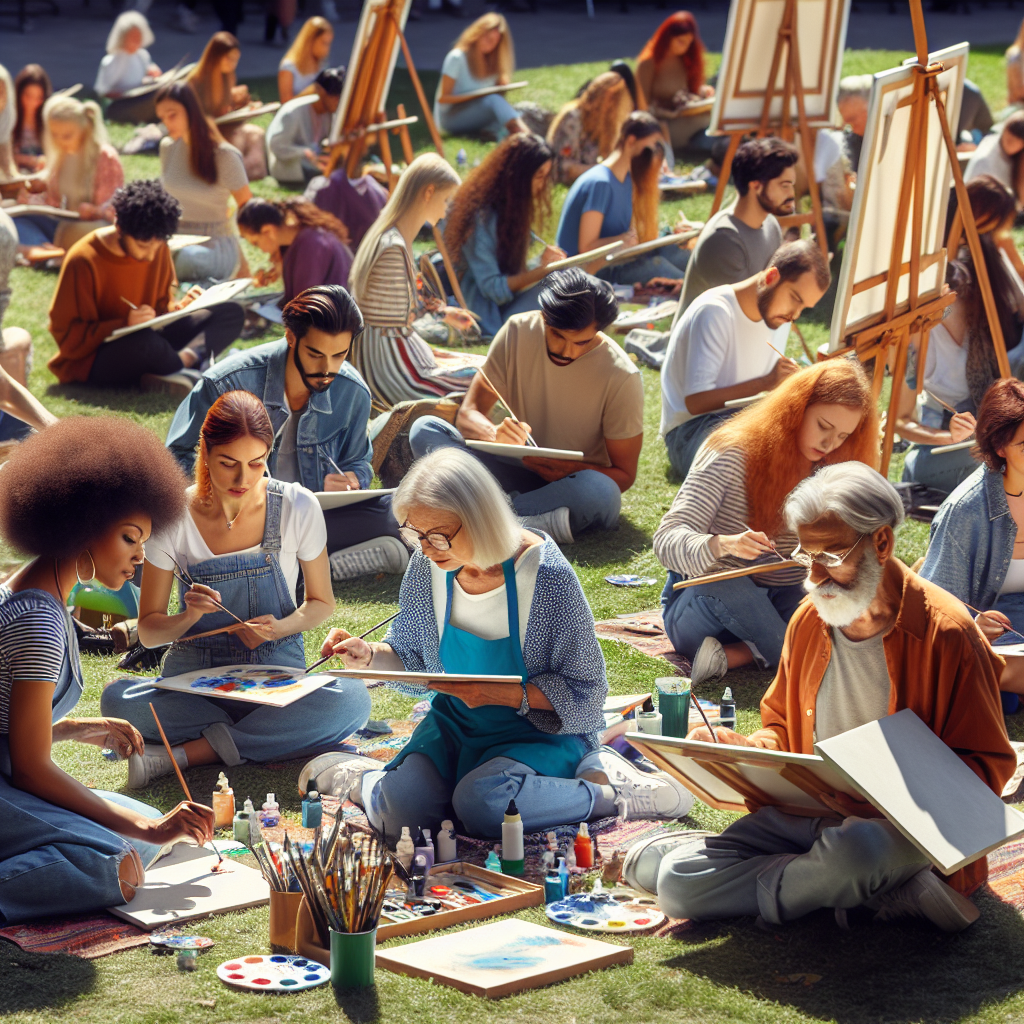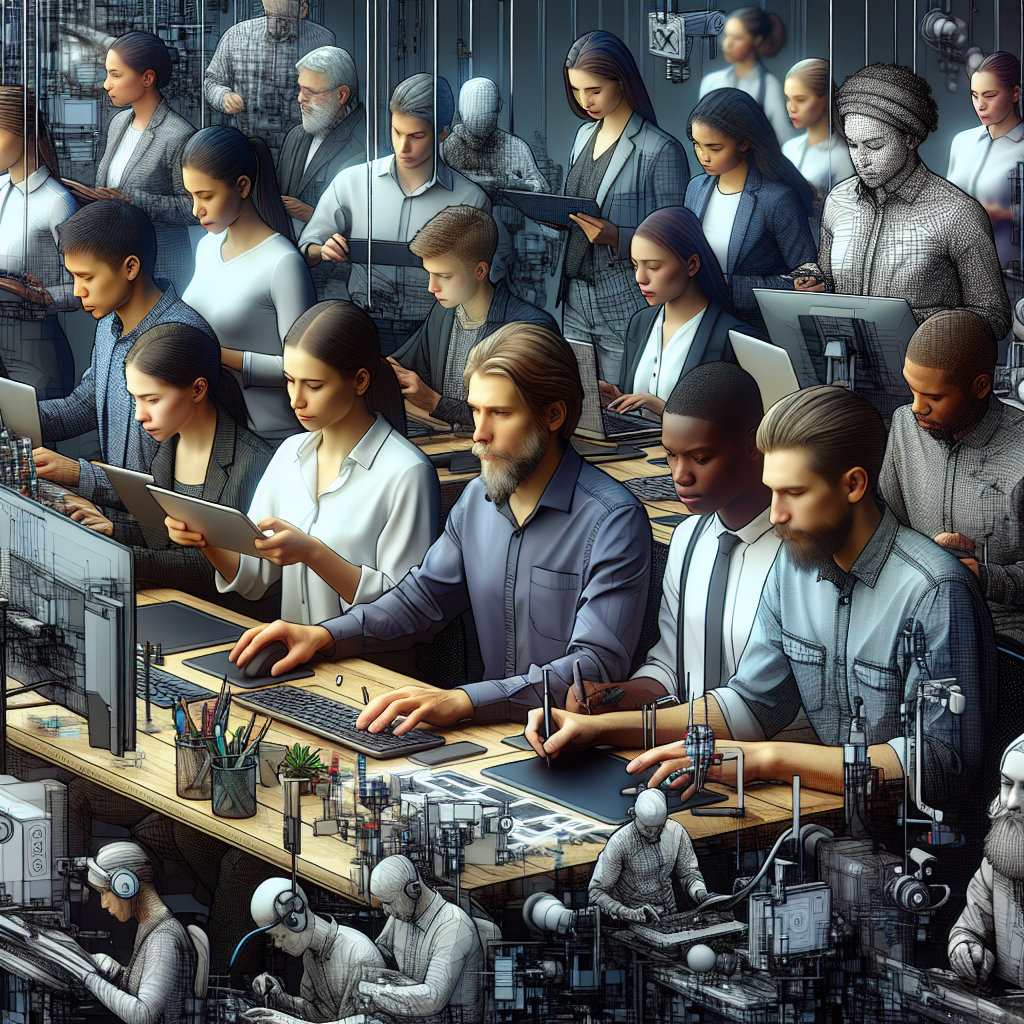The Real Cost of Art education program expands
A thought-provoking exploration of the expansion of art education programs, discussing its cultural significance and future implications. This piece

Inside the world of art, where creativity meets business, an expanding trend is reshaping our society: an unprecedented growth in art education programs. As an opinion columnist with a keen interest in the intersection of culture and economics, I find this phenomenon both fascinating and worthy of deeper exploration.
The historical roots of art education are steeped in the concept that artistic expression is fundamental to human development. However, recent years have seen a shift towards not only nurturing talent but integrating these skills into broader economic landscapes.
In today’s social context, we’re witnessing a growing acceptance for unconventional career paths. More parents support their children’s pursuit in arts-related fields recognizing them as viable professional prospects rather than merely hobbies.

The generational impact here cannot be understated. Millennials are spearheading this change as they find their niche in digital media creation, arts administration or even launching start-ups aimed at leveraging funds for public school music programs.
t that sells paintings online.
‘, ‘
Art Education

 The push towards more comprehensive curriculums has triggered debates about financial implications – escalating tuition fees, infrastructure investments etc., which brings us to ‘the real cost’ part.
The push towards more comprehensive curriculums has triggered debates about financial implications – escalating tuition fees, infrastructure investments etc., which brings us to ‘the real cost’ part.
According to the National Endowment for the Arts, 2.2 million jobs are directly tied to America’s creative industries. This yields an economic impact of $730 billion annually – more significant than that of transportation or tourism.
This data is altering public discourse and its influence on funding decisions – it’s not merely about ‘producing artists’ but growing our creative economy.
Art Education
Making art a part of everyday life has profound cultural significance. Looking beyond mere aesthetics, it fosters critical thinking, empathy and promotes diversity; thereby leading to more inclusive communities.
The future implications are vast: as we prepare young minds for emerging roles within this sector, there needs to be particular attention towards sustainable practices. Aspects such as eco-friendly materials in visual arts or investing in digital platforms rather than physical infrastructures may prove far-reaching.
‘, ‘
t that sells paintings online.
‘, ‘
Broader trends indicate a shift towards conscious consumption which naturally extends towards the art market as well. Consumers may start prioritizing artists who engage with sustainable methods thereby influencing cultural evolution on this front.

